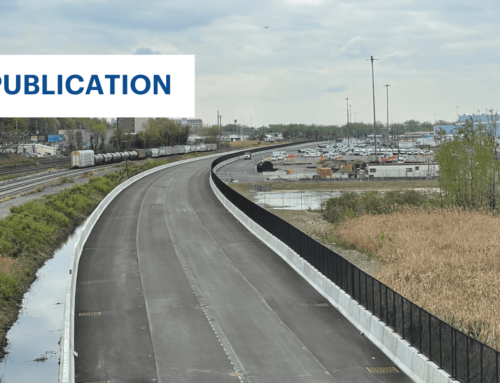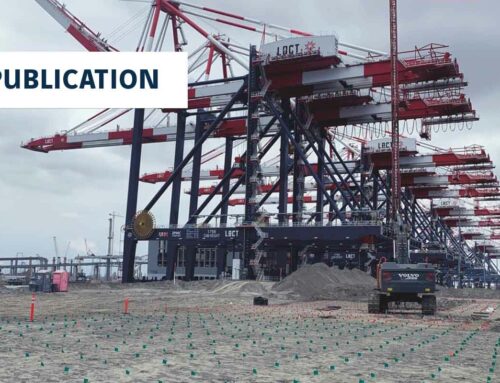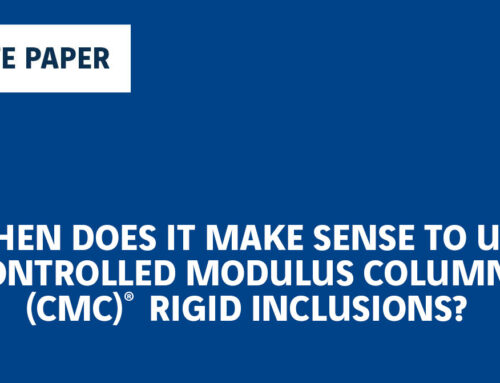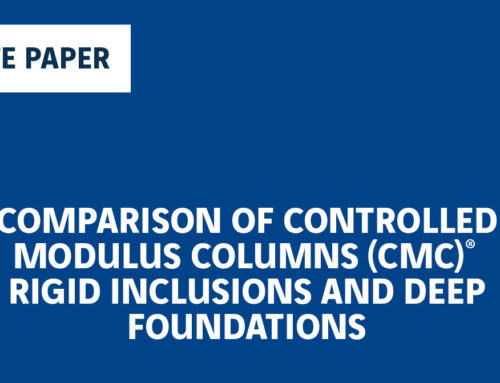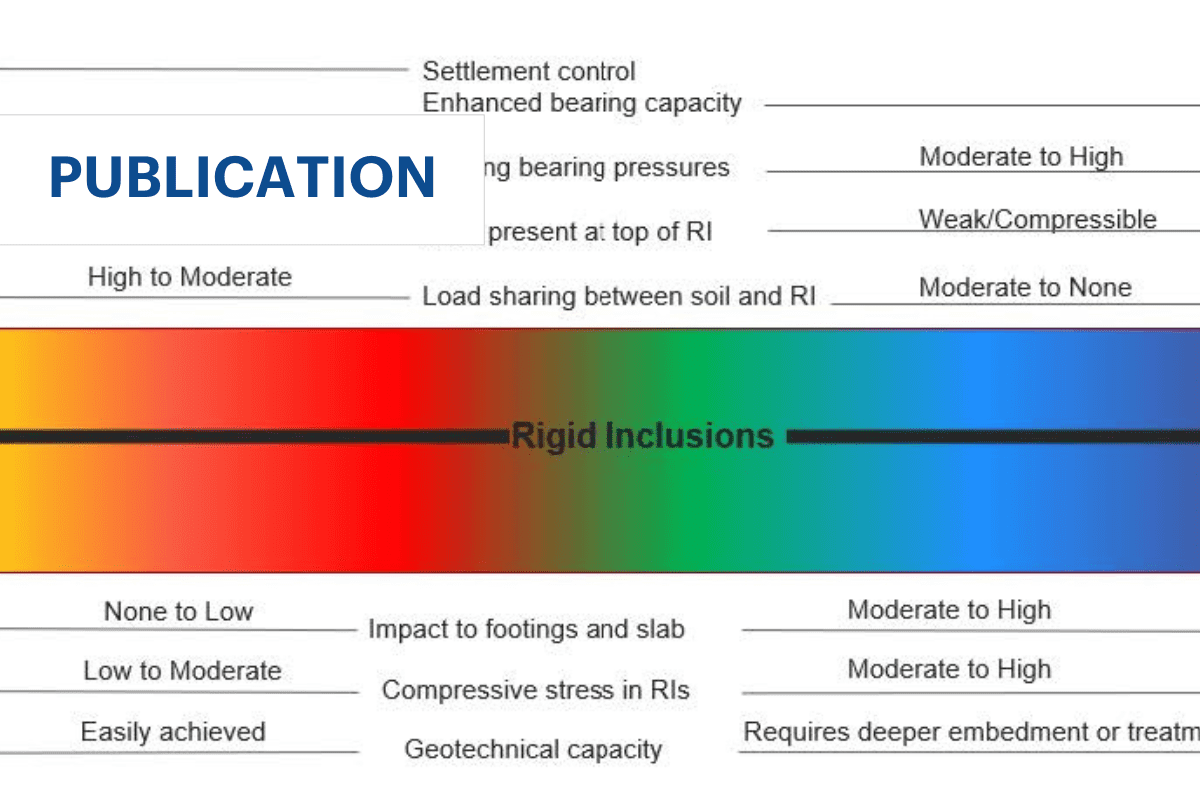
Published by ASCE for IFCEE 2024
Published by ASCE for IFCEE 2024
Rigid Inclusions: A Spectrum of Applicability
By Seth Pearlman, P.E., BC.GE, NAC, NAE and Sonia Sorabella Swift, P.E.
Rigid inclusions (RIs) are no longer a new ground improvement technique. RIs, which are columns typically made of concrete or mortar, are used to reduce settlement and increase bearing capacity. They have been used by many geotechnical engineers, contractors, developers, and owners over the last 30 years. In this paper, we will show that, in fact, they have been used in many forms for centuries. This paper will highlight the wide variety of projects and soils that RIs can be applied to and the associated considerations. Current practice with RIs is in the realm of “ground improvement,” where many techniques are used to mitigate settlement and enhance bearing capacity. Projects that require settlement mitigation only tend to attract many techniques, and a technique is chosen based on its overall economic value (constructability, schedule, value, sustainability benefits, etc.). For projects where RIs are used to improve inadequate bearing capacity of the soils, the choices for foundation support become fewer (e.g., piles, drilled shafts, RIs, or soil mixing). The difference between providing settlement control versus increasing bearing capacity is stark, and between them lies a large range of conditions that requires careful consideration. RIs can be used on projects with a large spectrum of conditions, but often jurisdictions, specifications, and project requirements force the design, installation, and testing of the RIs as if they are piles. This significantly limits the amount of optimization and benefit that the RI solution can offer and discounts the advancements that RI technology offers to our industry. This paper will provide a description of the spectrum of conditions that RIs can be applied to and present the different challenges that apply based on those varying conditions. A hypothetical study will be presented that evaluates how RI behavior varies depending on the soil conditions and the primary purpose of the RI system (settlement mitigation or enhancing bearing capacity).
To read the entire article, please download the PDF

